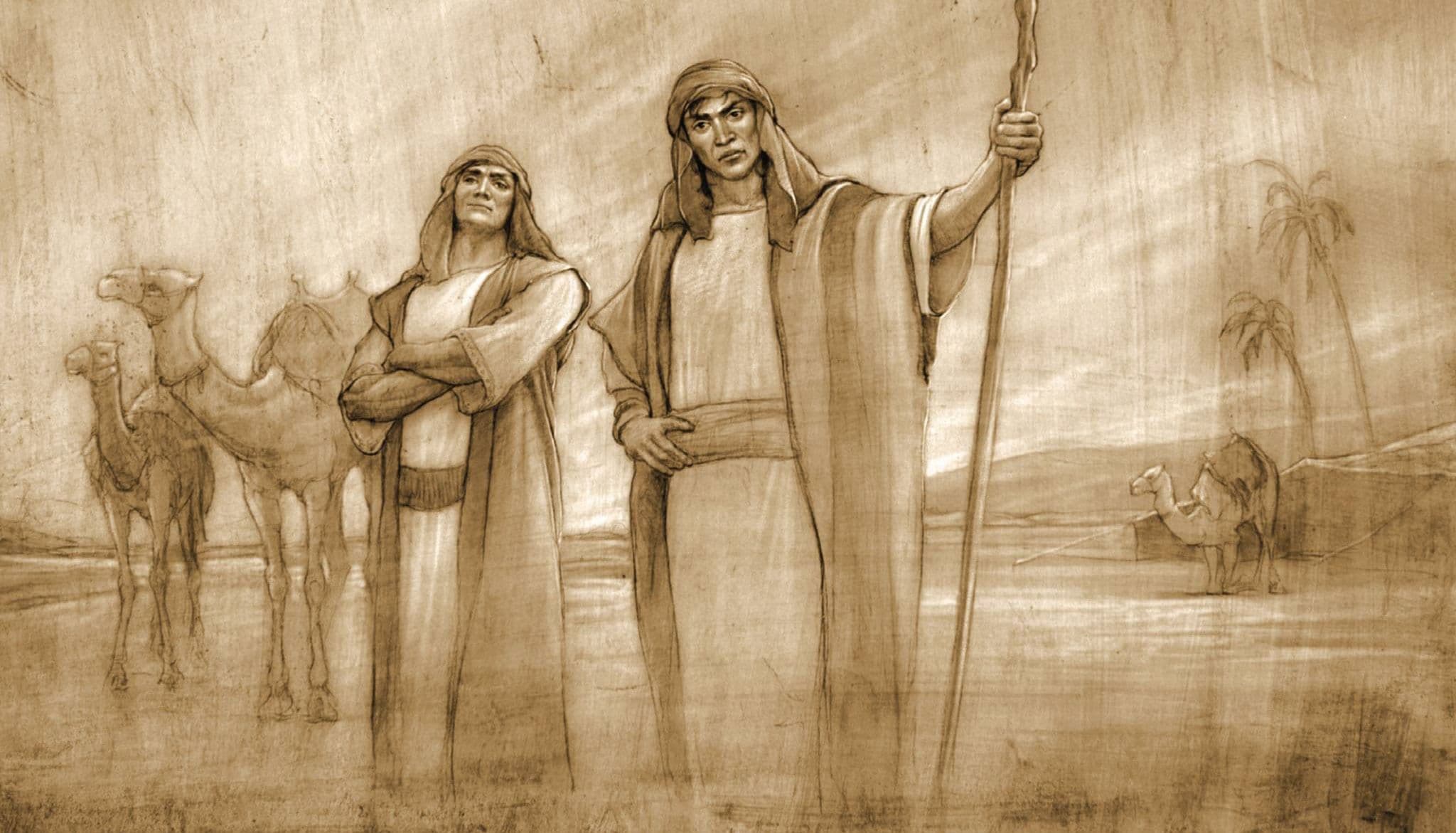Evidence #264 | November 1, 2021
Book of Mormon Evidence: Attestation of Laman
Post contributed by
Scripture Central

Abstract
The Book of Mormon name Laman is attested in ancient Near Eastern Inscriptions.Laman in the Book of Mormon
Laman in the Book of Mormon was the oldest son of the prophet Lehi (1 Nephi 2:5) and journeyed with his family to the land of promise. Following the death of Lehi, Laman and those who followed him rebelled against Nephi. Laman thus became the leader of the people subsequently known as the Lamanites, who became inveterate enemies of the people of Nephi (2 Nephi 4:13; 5:2–4, 14).
An Attested Name
Unlike the Book of Mormon name Lemuel (Proverbs 31:1), the name Laman is not found in the Bible. However, it is attested in ancient Near Eastern inscriptions, although its meaning is unknown. Matthew Bowen notes that it is found in an Ugaritic administrative text (dating from the 14th–12th centuries BC) which references a man bn-lmn (“the son of Laman”).1 The first Ugaritic texts were not discovered until 1928, and several additional sets of inscriptions were subsequently made in subsequent decades.2 Hugh Nibley and Stephen Ricks have shown that that the name LMN also appears in a Lihyanite inscription from Arabia dating to the middle of the first millennium BC.3
Conclusion
The attestation of the name Laman in Old World inscriptions discovered after the publication of the Book of Mormon is consistent with the ancient Near Eastern background of the Book of Mormon’s founding colony.
Matthew L. Bowen, “Laman and Nephi as Key Words: An Etymological, Narratological, and Rhetorical Approach to Understanding Lamanites and Nephites as Religious, Political, and Cultural Descriptors,” FAIR Conference Presentation, August, 2019.
Matthew L. Bowen, “Not Partaking of the Fruit: Its Generational Consequences and Its Remedy,” in The Things Which My Father Saw: Approaches to Lehi’s Dream and Nephi’s Vision, eds. Daniel L. Belnap, Gaye Strathearn, Stanley A. Johnson (Salt Lake City, UT: Deseret Book and the Religious Studies Center, Brigham Young University, 2011), 240–263.
Stephen D. Ricks, “Lehi and Local Color,” FARMS Review 21, no. 2 (2009): 173.
Hugh Nibley, An Approach to the Book of Mormon (Salt Lake City, UT: Deseret Book, 1988), 291.
- 1. Matthew L. Bowen, “Laman and Nephi as Key Words: An Etymological, Narratological, and Rhetorical Approach to Understanding Lamanites and Nephites as Religious, Political, and Cultural Descriptors,” FAIR Conference Presentation, August, 2019; Gregorio del Olmo Lete and Joaquin Sanmartin, A Dictionary of the Ugaritic Language in the Alphabetic Tradition (Leiden: Brill, 2003), 500.
- 2. William Schniedewind and Joel Hunt, A Primer on Ugaritic: Language, Culture, and Literature (New York, NY: Cambridge University Press, 2007).
- 3. Stephen D. Ricks, “Lehi and Local Color,” FARMS Review 21, No. 2 (2009): 173; G, Lankester Harding, An Index and Concordance of Pre-Islamic Arabian Names and Inscriptions (Toronto: University of Toronto Press, 1971), 520.